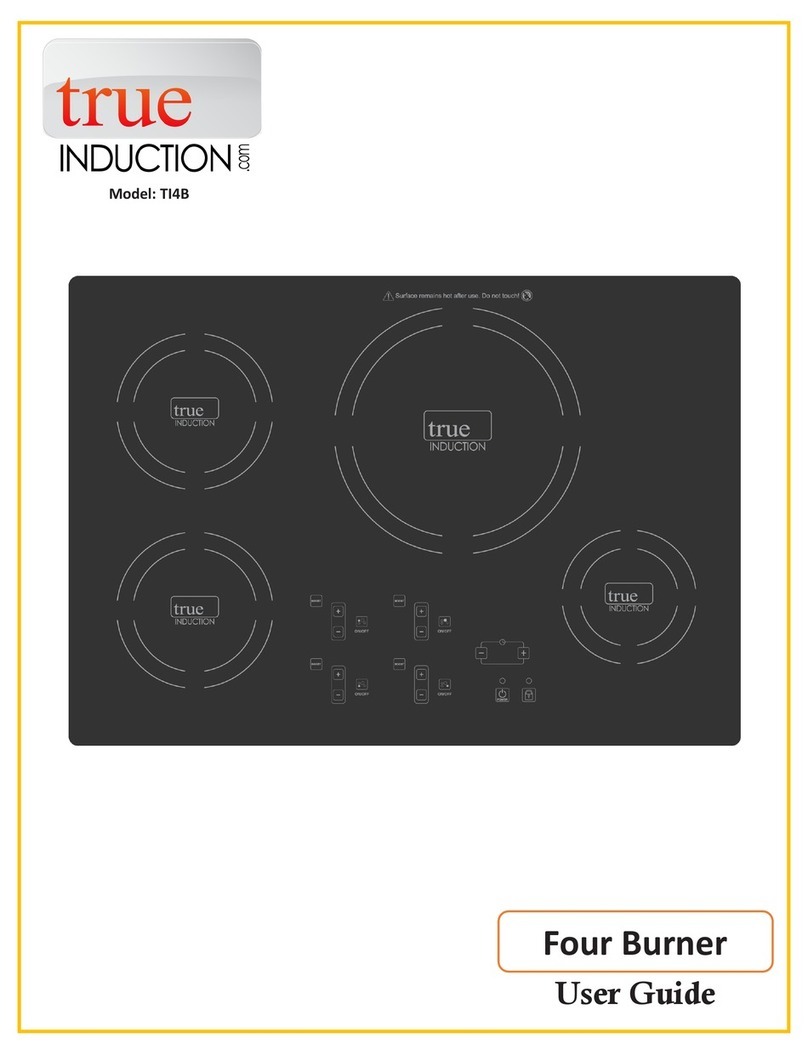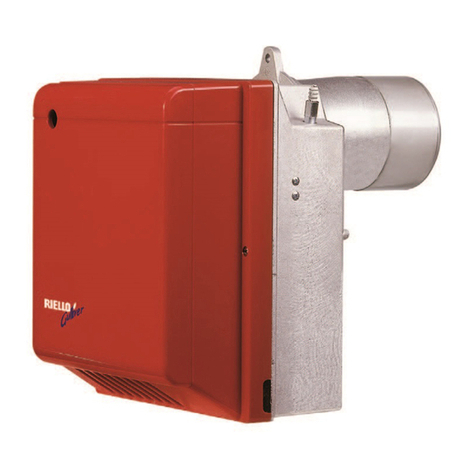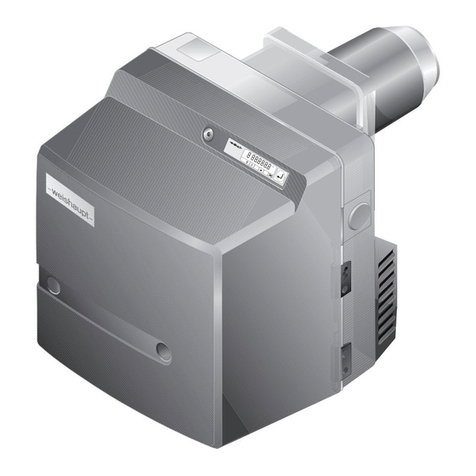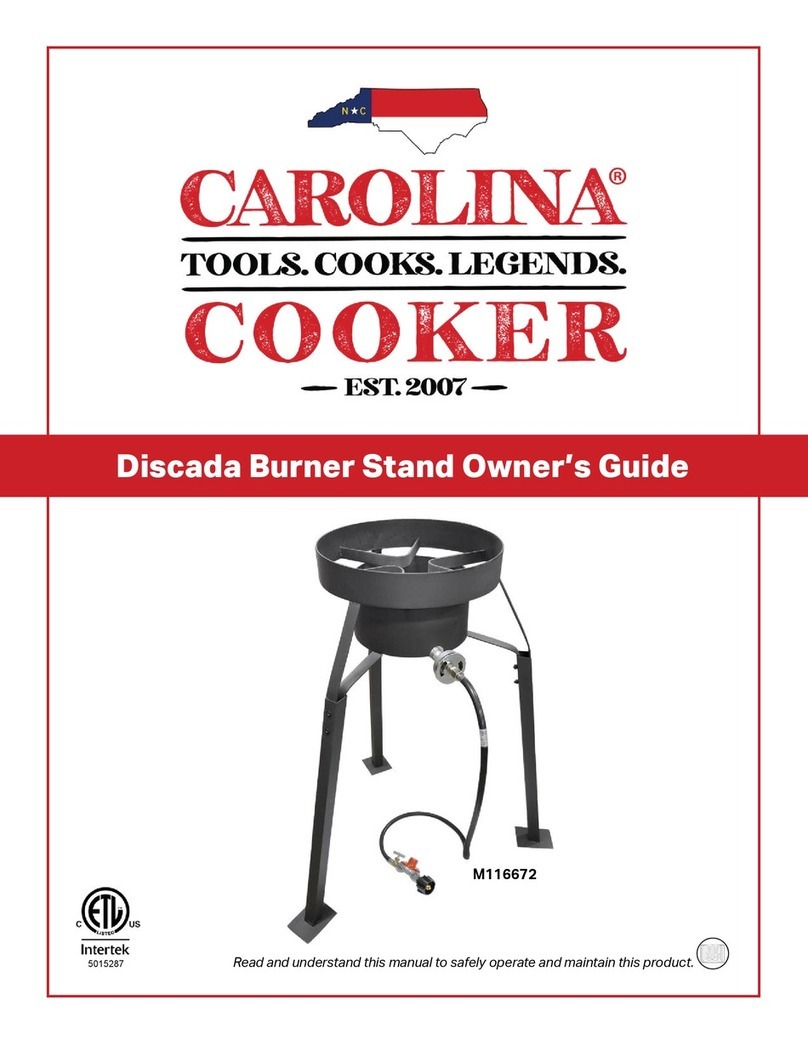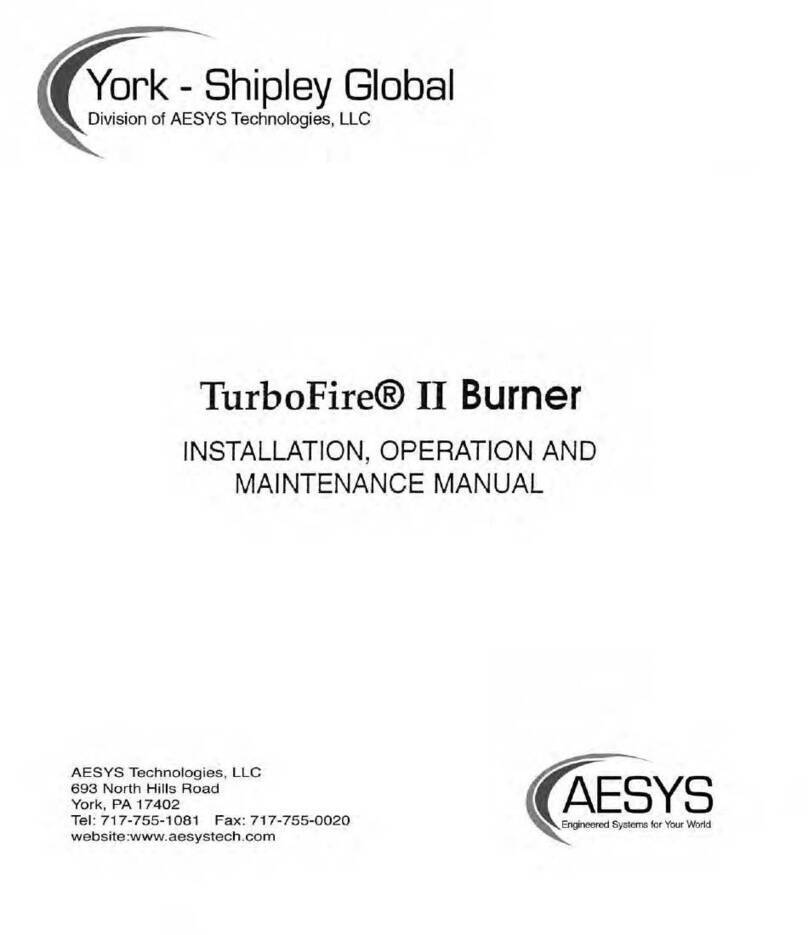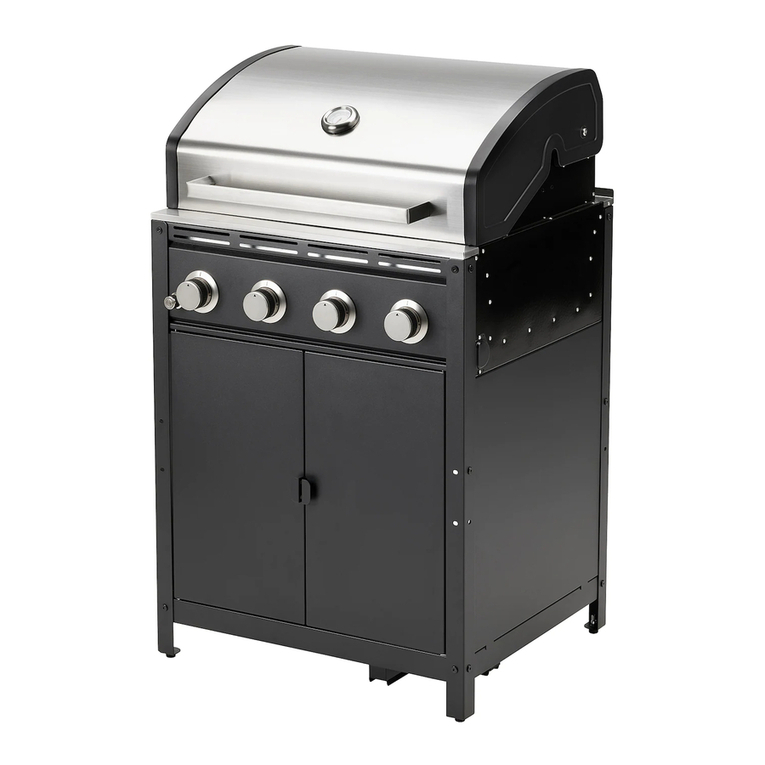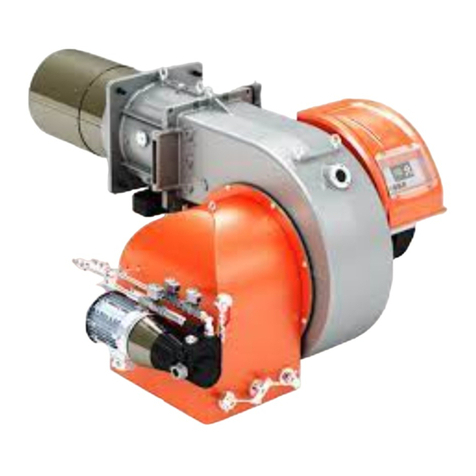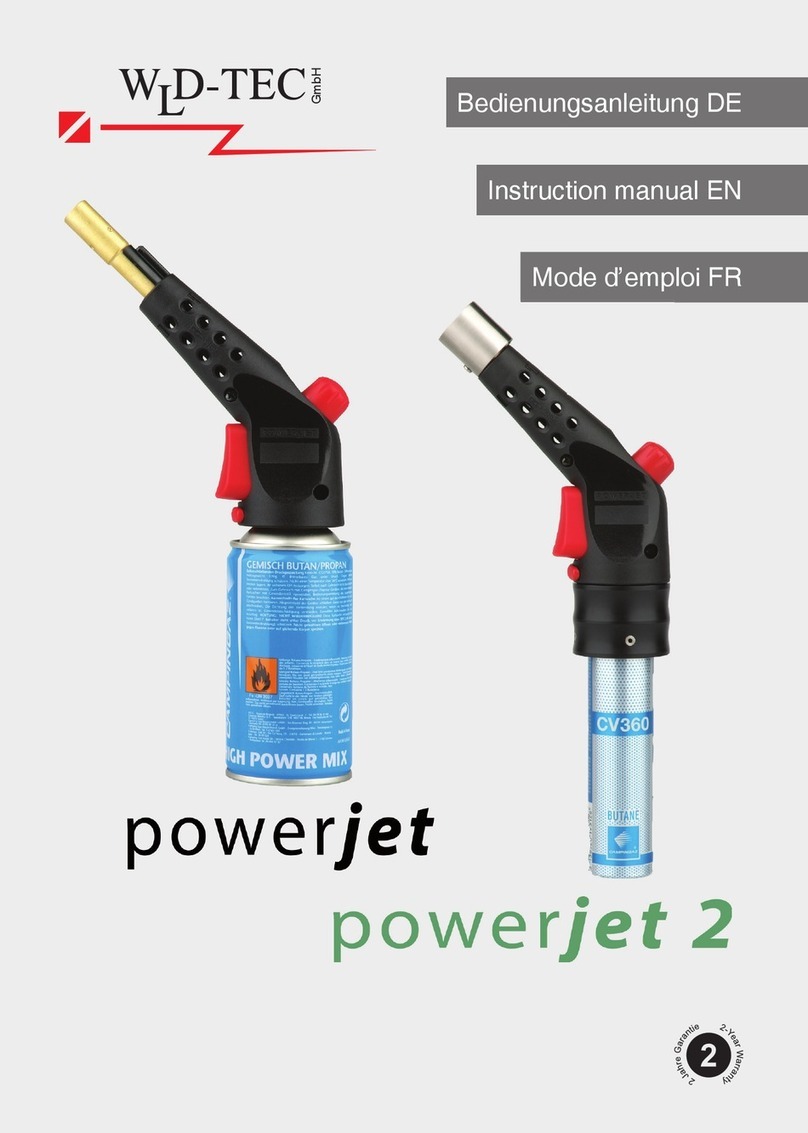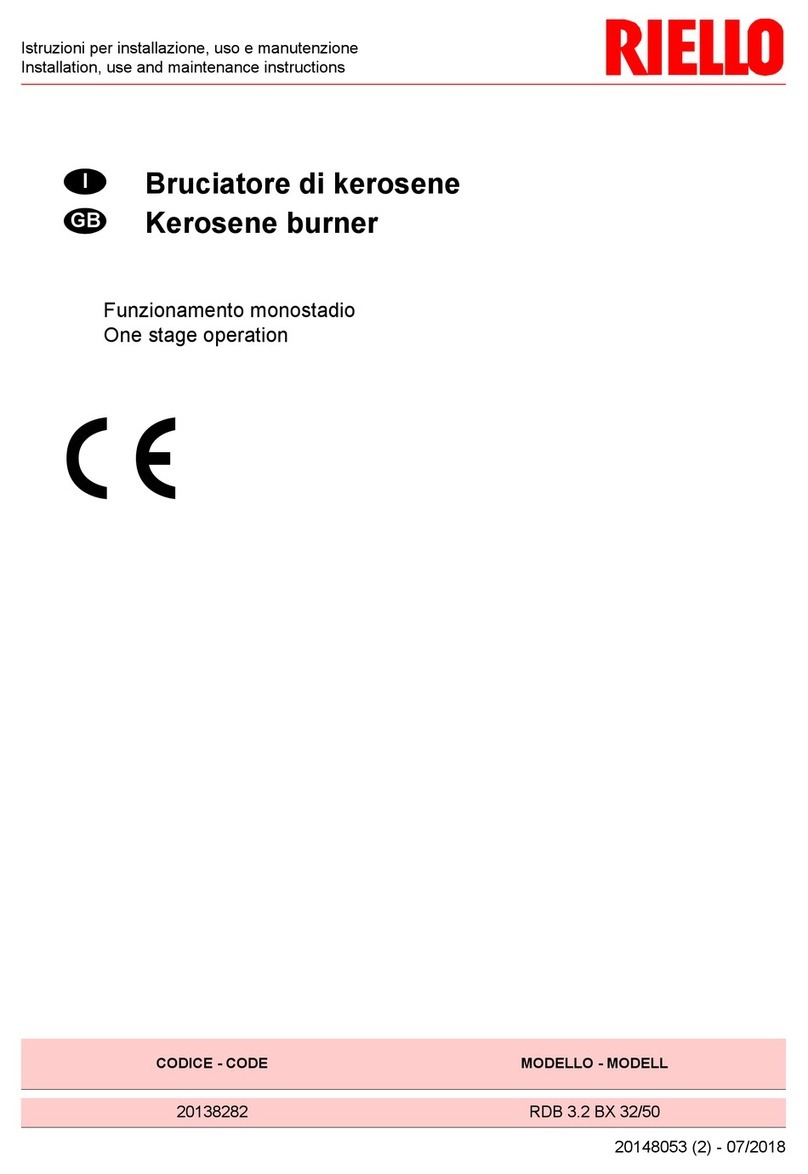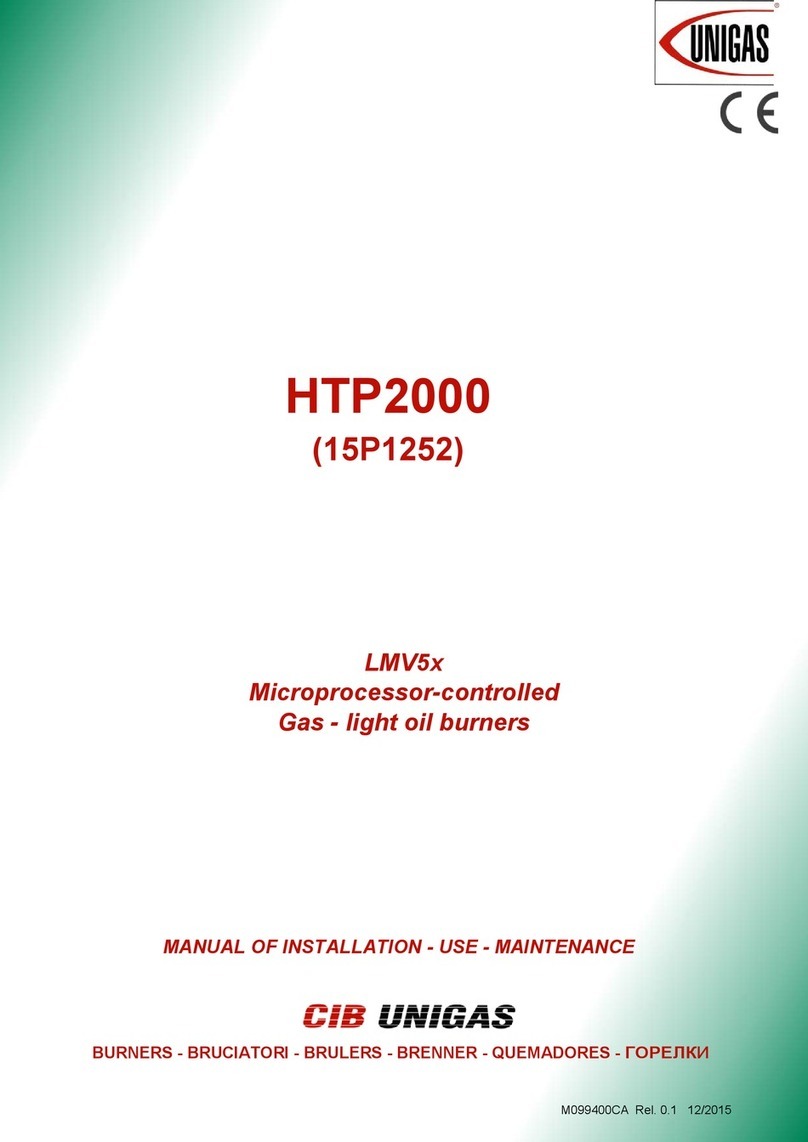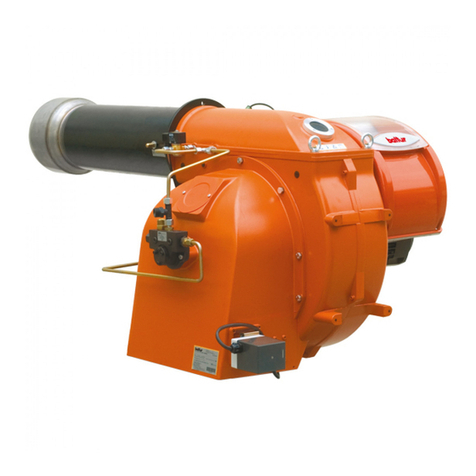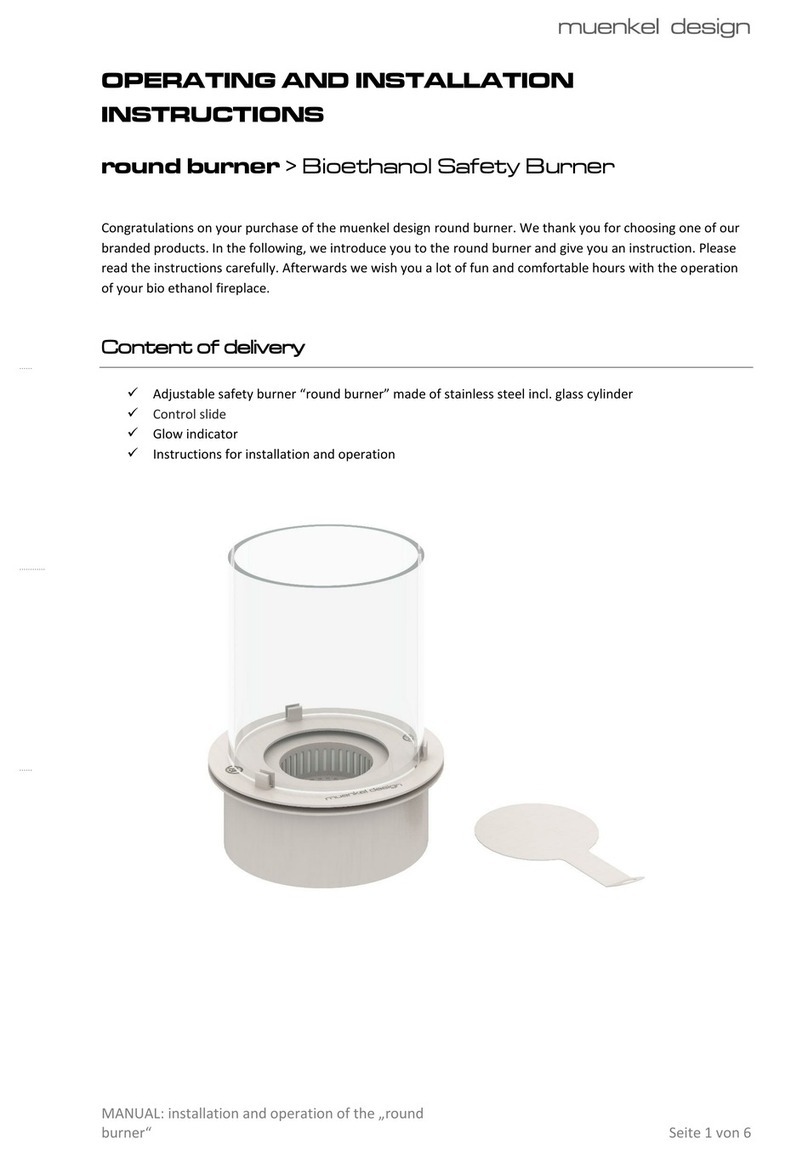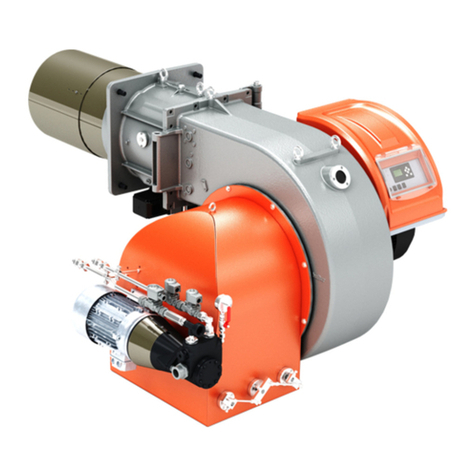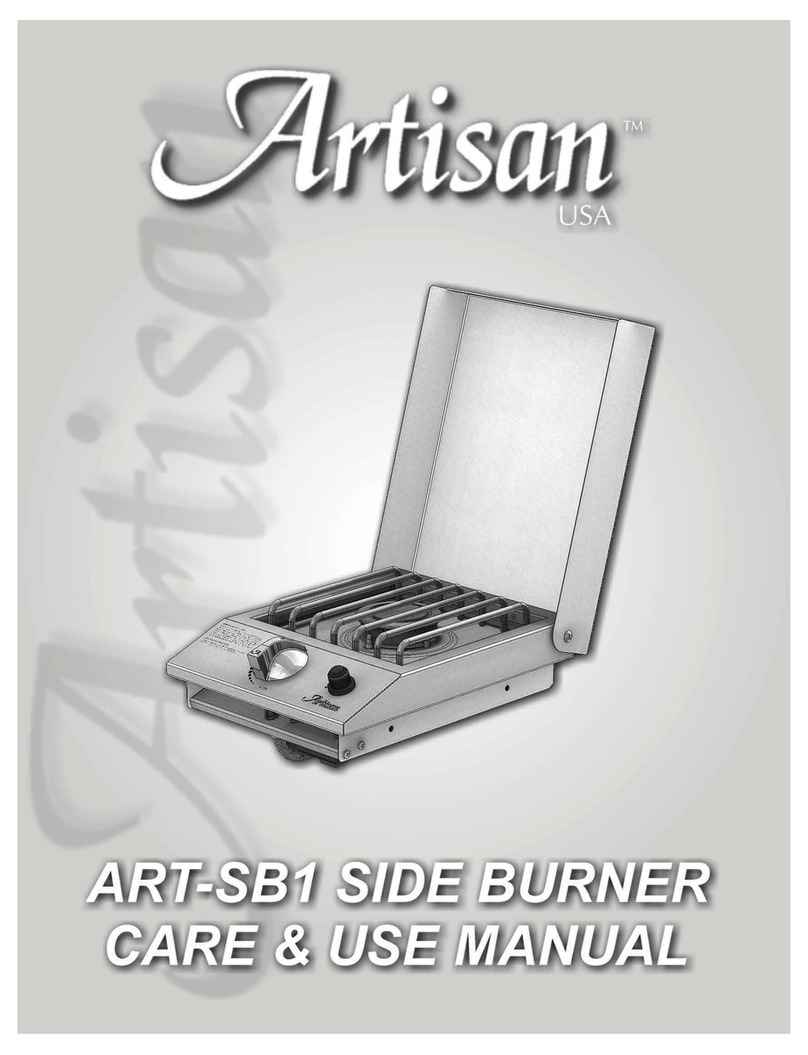
PELLET STOKER KMP PX50
ARITERM SWEDEN AB Installation Instructions - 2007.12.14 - 3/16
Fitting
The PX50 stoker is to be mounted to one of the boiler hatches. The best place is
often where the oil burner normally goes, but if there is not sufficient room for
the ashes, the hatch for the wood can be a good alternative. If the hatch is not
big enough to be opened with the stoker in place, arrangements has to be made
to facilitate an effortless removal and reassembly. One way is to mount screws in
threaded holes from the inside of the hatch, and use wing nuts. The stoker is to be
cleaned from deposits and ashes at least once a week during the cold season.
Note! Contact your local chimney sweeper when installing the stoker
Fitting the stoker
1. Decide where to put the stoker. If the hatch can be opened with
the stoker in situ, this is to be preferred.
Note! The electric supply is to be automatically shut of when the
hatch is opened.
2. Make a 160 mm diameter hole in the hatch. Seal off using glass fibre rope
or a similar high temperature gasket. Fasten the burner,
using the screw on the top of the mounting flange.
Note! The hatchet has to be well insulated.
3. All hatches and valves have to be airtight in order to not allow
undue draught into the boiler.
4. After mounting the stoker and sealing the boiler it’s time for the screw feeder.
Note! When feeding directly to the burner, the standard feeder (maximum
length 2,3 m) is to be used. Preferably it should be hung from the ceiling.
Before connecting feeder and stoker; see section Start och adjustment.
Important!
• The ue valve, if any, must be kept fully open at all times.
• All hatchets and ue pipes must be airtight.
This is particularly important if the chimney is tight or there is a low draught for any
other reason. Otherwise there is a risk of smoke going backwards during startup,
especially if the stoker is not properly adjusted.
Screw feeder
Allways observe the following:
• The feeder inlet opening is not to be less than 100 mm from the bottom
150 mm from the nearest side wall of the storage bin.
• The feeder has to be inclined between 40˚ and 50˚ from horizontal.
• Attach the feeder thoughly to keep it from working its´ way into the storage bin!
Temperature sensor
The temperature sensor is to be placed in a submerged tube, alternatively high up
on the boiler top beneath the insulation. If there is not a suitable fastening point the
sensor can be glued directly to the metal using an epoxi resin. Note that the sensor
has to be attached directly to the metal to ensure a stable and exact temperature
regulation.
Boiler room and safety
There has to be an inlet aperture to allow air being drawn in to the room from the
outside. The free area of the aperture should correspond to the area of the chimney.
A boiler using air for convection must not use air from the room!
It´s important that the room is clean and free from dirt and dust to prevent fire.
Combustable materials shall not be cept at a distance closer than 1,5 meters from
the stoker.
Chemicals are not to be stored in the boiler room, because of fire hazards and
possible damage of the chimney due to acid fumes.
The door to the boiler room must be kept shut!


